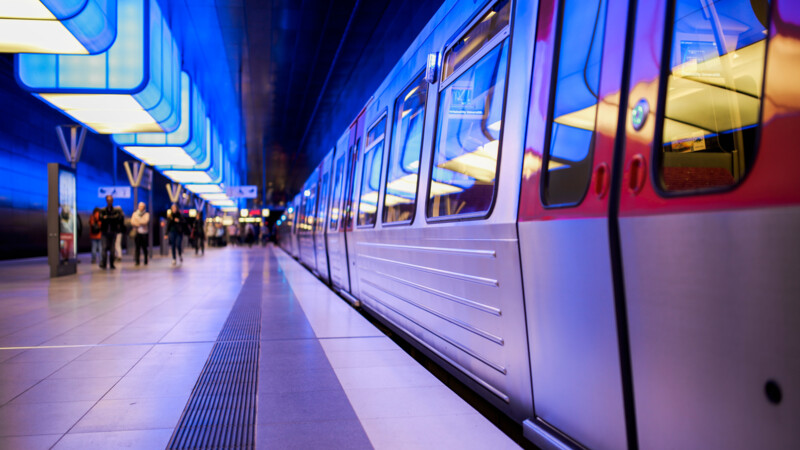Driverless public transport topped this year's agenda. Robo shuttles and robo buses could solve the shortage of skilled labour and meet the demand for flexible public transport. The ALIKE project is one of Europe's most ambitious ride-sharing projects and will see MOIA and five partners put driverless vehicles on roads across Hamburg from July 1, 2025. A Hamburg News reporter took part in a 30-minute test of a driverless minibus and travelled throughSt. Pauli in road traffic.
The UITP Summit 2025 featured everything from a hyperloop mock-up to a talking AI bus stop and a test drive in a driverless robo shuttle. More than 10,000 mobility experts from all over the globe came together for the world congress in Hamburg's exhibition halls and the Congress Centre Hamburg (CCH). Over 400 exhibitors presented all their latest innovations while delegates attended talks by some 340 speakers in more than 70 sessions. Hamburg has had prevailed over Geneva, Vienna and Istanbul to host the 140-year-old summit for the third time.
Public transport of tomorrow is autonomous
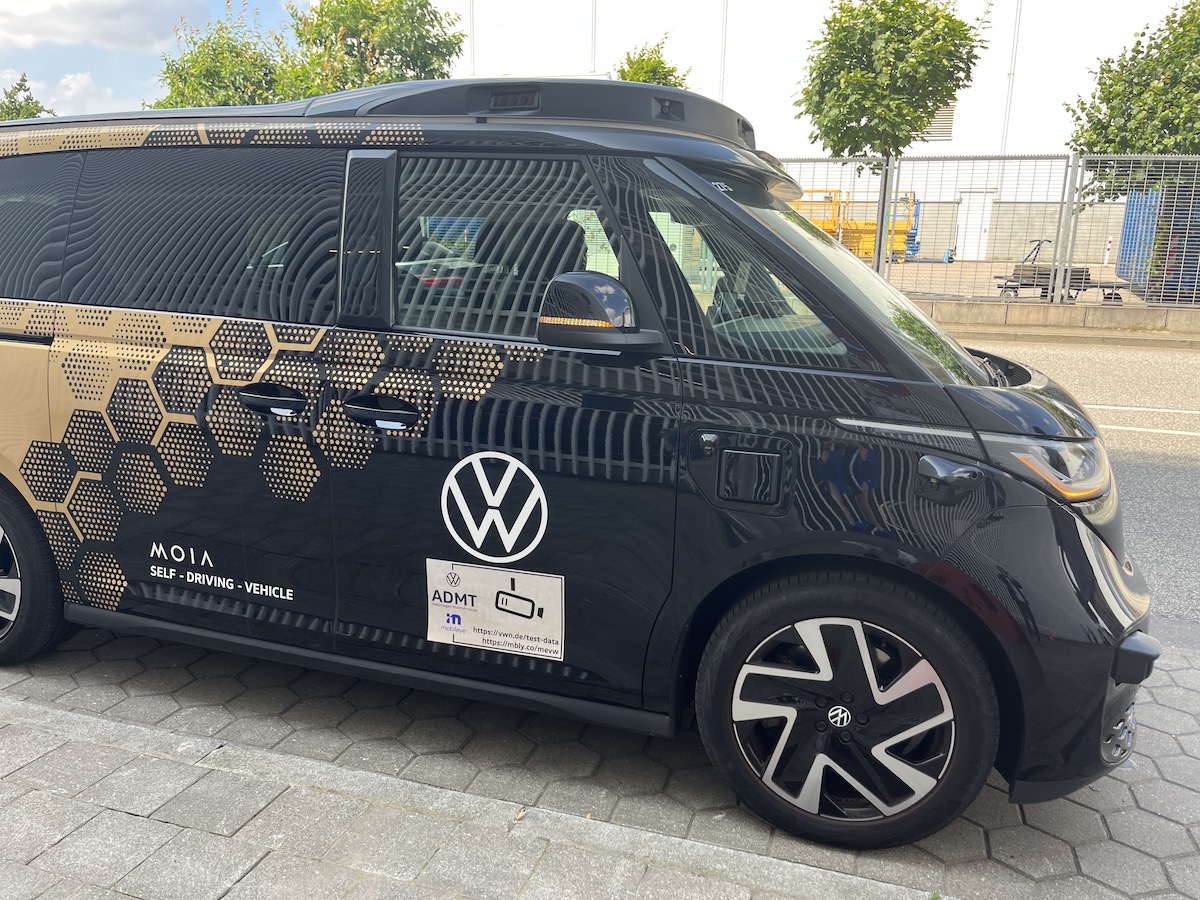
Test of driverless MOIA shuttle
A check is carried out to ensure everyone has fastened their seat belts and other safety precautions have been taken before departing. Thirteen external cameras, nine lidars (light detection and ranging systems using lasers) and five radars ensure the safety of the VW ID prototype, Buzz AD, which operates without a driver. This enables Level 4 automated driving, also known as high driving automation. The vehicle can handle most situations without human intervention, particularly within defined geofenced areas and under specific conditions. Currently, a safety driver is present to input information using special buttons. Other road users are visualised on a screen. As traffic is busy this afternoon, around 5 GB of data is generated every minute. This is stored in the boot and analysed in Wolfsburg, Munich and Hamburg.
The steering wheel moves by itself and navigates fautlessly through dense evening traffic in Hamburg. This vehicle is designed to keep a distance of 1.5 metres from other road users, according to David Gölnitz, a press spokesman for MOIA. However, it curves in sync with cyclists, for instance, which takes some getting used to at first, although this defensive driving style may be instructive for other road users. The journey comes full circle, ending where it began at Hamburg's exhibition centre. The next steps on the road to Level 5 — the highest level of self-driving technology — are already within reach. At this level, a vehicle performs the same driving tasks as a human being in similar conditions, but without any human intervention. The VW ID Buzz AD is the first series-produced fully autonomous vehicle.
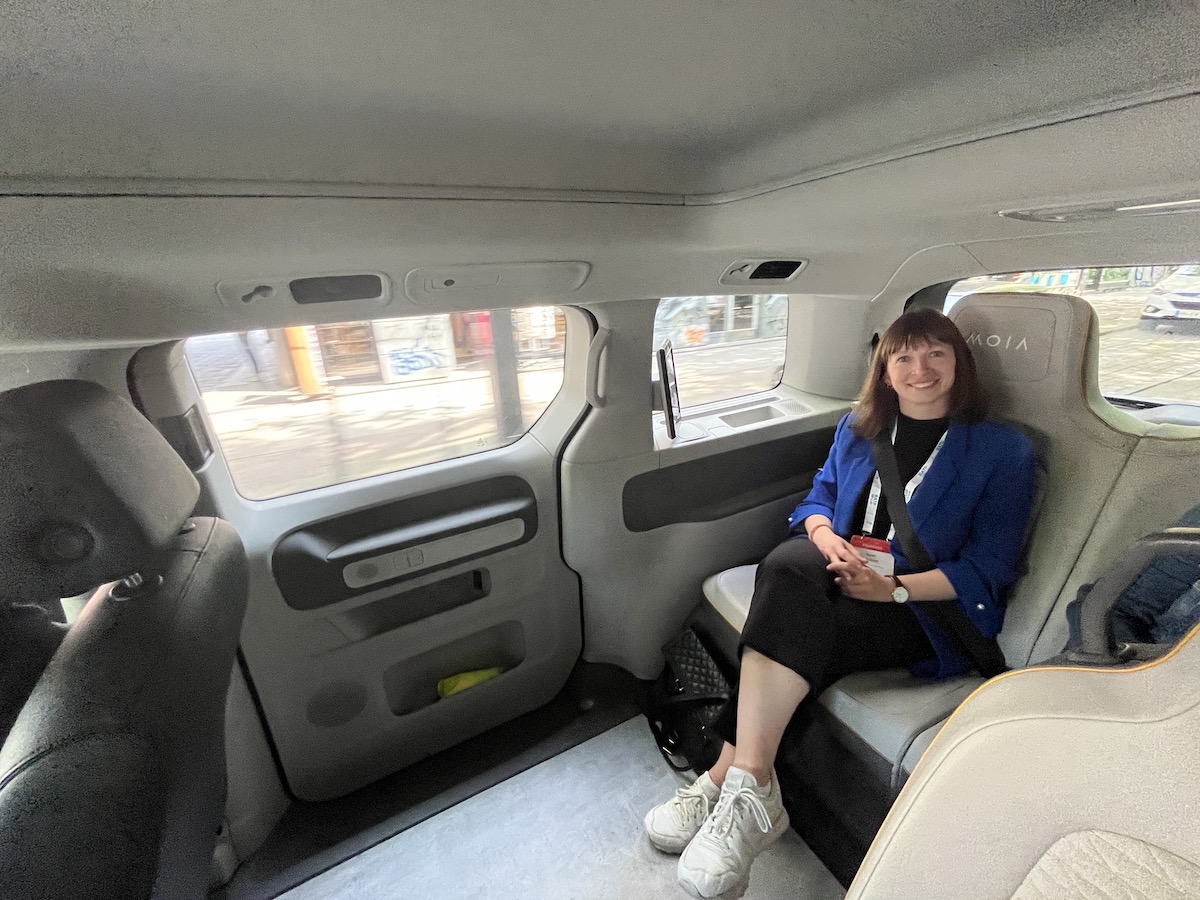
Hochbahn's map for autonomous driving in regular services
Clearly, local public transport will be driverless in future, delegates at the annual conference of the Association of German Transport Companies (VDV) agreed. Hamburger Hochbahn recently announced plans to introduce driverless buses as part of the 3plus3 project. The company aims to transport 30 per cent more passengers by 2035 as part of the mobility transition, said Robert Henrich, CEO of Hochbahn. Autonomous driving is crucial to achieving this goal. Robo shuttles and smaller buses will be trialled on public transport services from 2026 and will be available to the public unlike other pilot projects. Hopes are now high that a blueprint for a nationwide project can be developed.
17 flagship mobility projects
Hamburg presented itself as a dynamic city in transition with six suburban railway lines, four underground lines, over 200 bus routes, eight ferries and various shared mobility and on-demand services at the UITP Summit. Its goal of climate neutrality by 2045 means the city is focussing mostly on shared, sustainable, zero-emission, digital and smart means of transport. Some of 17 flagship projects towards the mobility transition were showcased during the summit. The guided "Mobility Transition Tour", for instance, aboard an electric bus took delegates across the city to the Elbbrücken underground/railway station, where numerous projects are being implemented including the HVV-Switch point. Users can book car sharing offers on the one-stop MaaS app. A bicycle park and a city bike sharing station are also nearby.
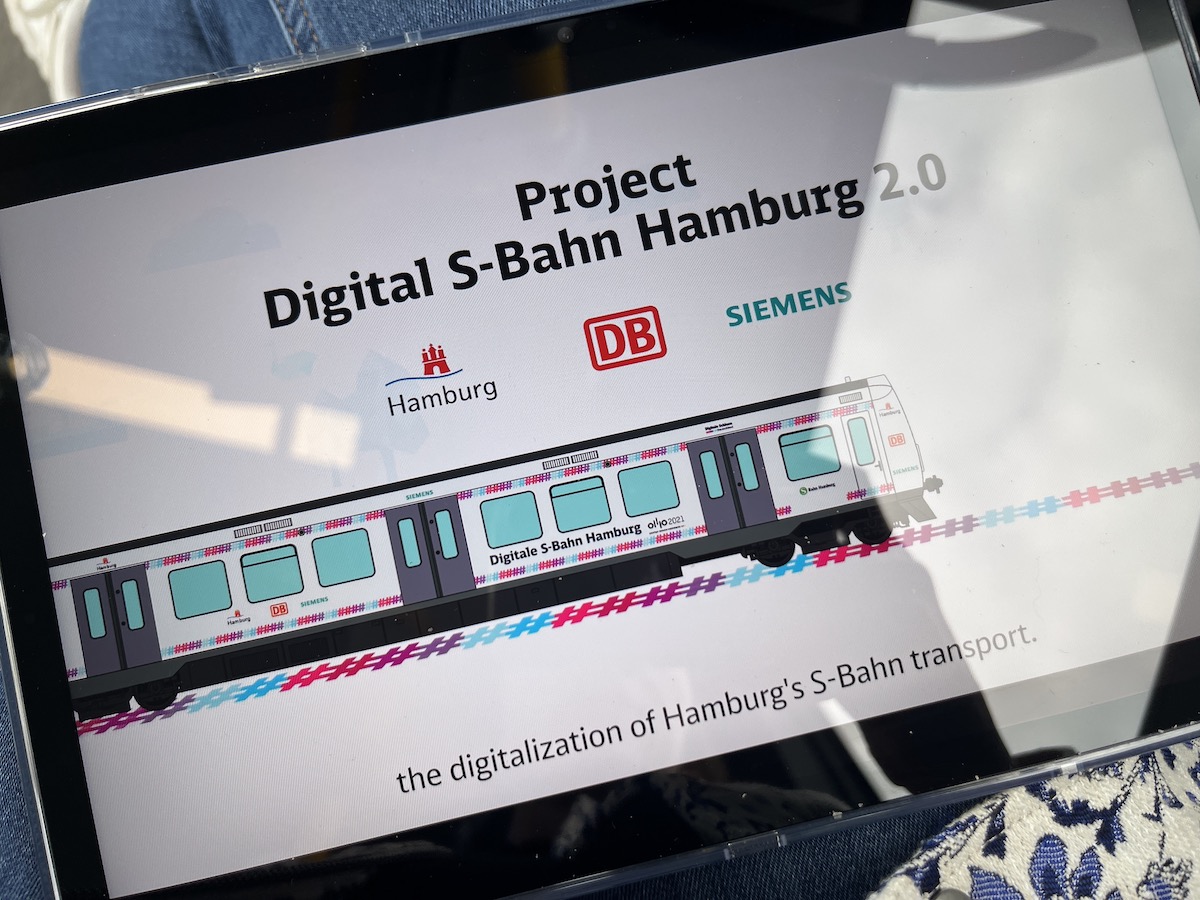
Hamburg to host UITP Summit 2027
As the host city of the 2026 UITP Summit, Dubai had a particularly large stand this year. UITP will return to Hamburg in 2027. Driverless public transport will probably have made all kinds of advances, which will be showcased in Hamburg.
sb/mm/pb
Sources and further information
More
Similar articles

Future Hamburg Talks meets Sascha Meyer, CEO of MOIA
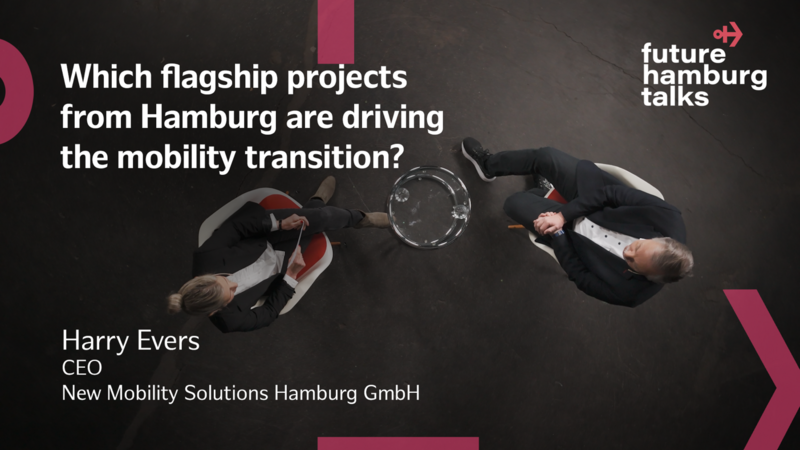
Future Hamburg Talks meets Harry Evers of New Mobility Solutions
